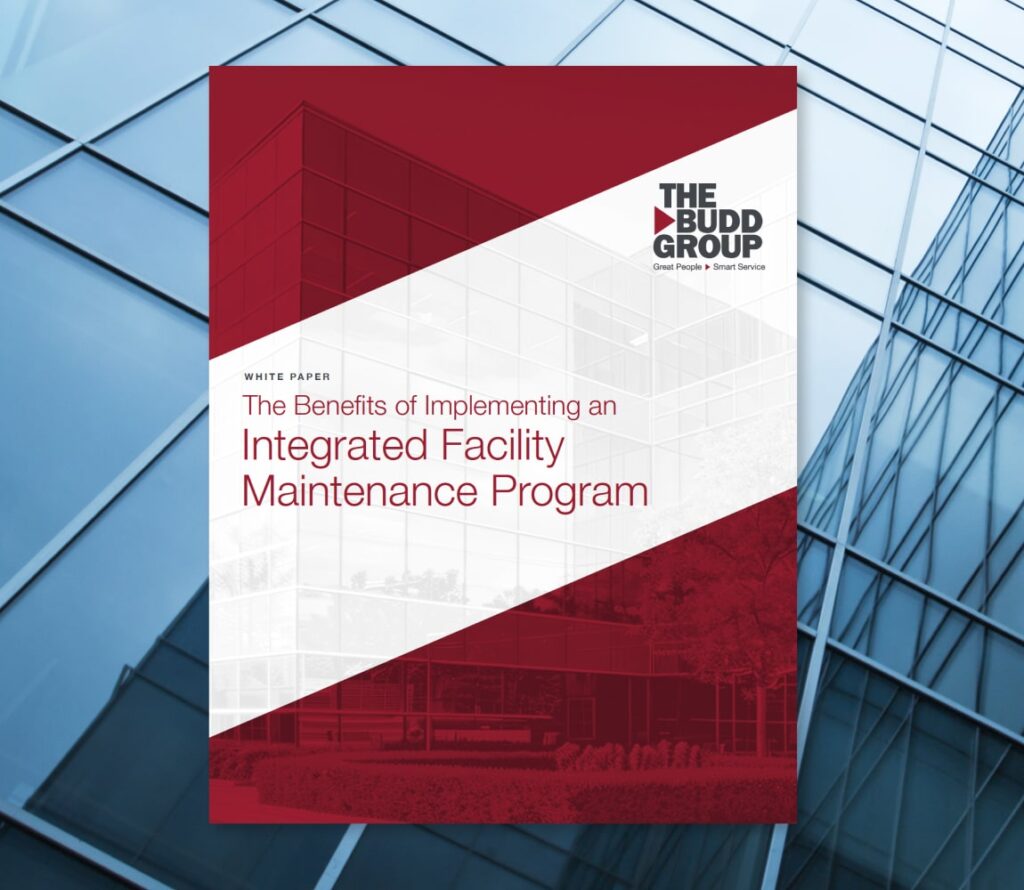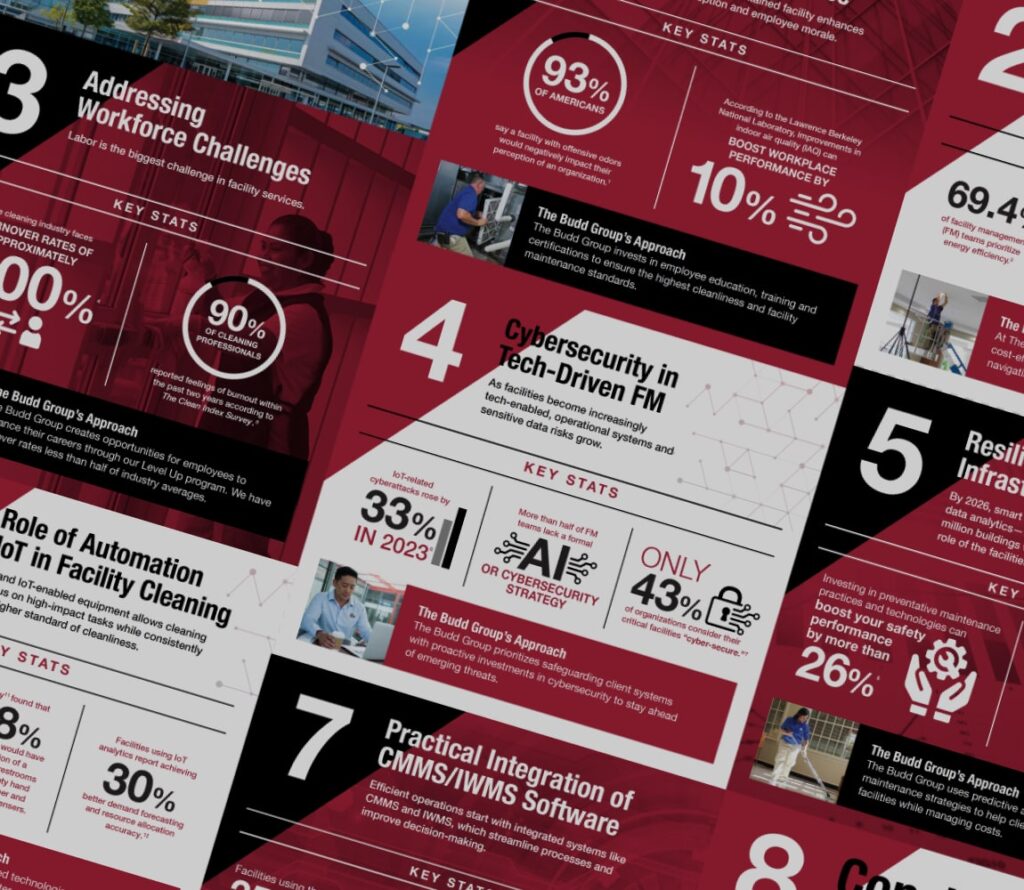Fall is rich with gorgeous, colorful landscapes, but this time of year also marks the end of the landscaping season. As temperatures fall lower and lower, lawns and gardens prepare to lie dormant throughout winter until they can soak up the warmth and rain that comes with spring. If you’re not well-versed in caring for commercial landscapes year-round, you might wonder how to best prepare your green spaces for hibernation. Not only must you fertilize your lawn, rake up leaves, clean up any debris, lay down mulch, and gear up for snow removal – you must also take care of your property’s irrigation system.
Just because irrigation components are cold and lifeless doesn’t mean they can’t also be harmed by cold conditions. If you want your watering equipment to function well come springtime, you must invest in seasonal irrigation services before autumn’s end. With that in mind, here are the most important irrigation services to consider for your facility’s landscaping this fall.
Irrigation Services to Consider for Your Facility’s Landscaping This Fall
Irrigation Audits
Just as every organization, financial account, and vehicle requires routine check-ups to ensure efficiency and functionality, so too does your irrigation system. Irrigation audits are comprehensive assessments of irrigation systems, wherein experts closely inspect every component (e.g., backflow preventer, manifold, valve box, master valve, nozzles, etc.) and collect data on matters such as precipitation rate and uniformity of application. These certified inspectors will also run various tests to better calibrate the system for optimal performance. Some landscape maintenance services offer these audit services in-house, and others can refer you to certified irrigation auditors.
Though these audits can occur at any time and at any level of frequency, it’s a good idea to get in the habit of auditing your irrigation system around autumn (even if it’s 3-5 years between them). Doing so allows inspectors to check up on your irrigation system after it’s worked so hard all spring and summer long. And because winter is right around the corner, irrigation repair specialists will have more time and leeway to make any necessary fixes, adjustments, or replacements in time for spring.
Irrigation Repairs/Replacements
If any issues come up during your irrigation audit, the next logical step is to address them via repairs and replacements. Common irrigation system problems include faulty/broken sprinkler heads, leakages near zone valves and sprinkler heads (far away from valves), unresponsive irrigation zones, low or sub-optimal water pressure, and incorrect sprinkler head height, just to name a handful. Depending on the nature and severity of these issues and how widespread they are, your irrigation or landscaping services might tackle repairs and replacements during fall, so you’re ready to go when spring arrives, or they might opt to wait until early spring to make these changes.
Whatever the case, troubleshooting your irrigation system during autumn and making note of which repairs and replacements are necessary will save you time and frustration when it’s time to set things back up months in the future. And as mentioned earlier, irrigation issues are often easiest to note and address during fall since the system has already been through its peak performance in the earlier months.
Irrigation Shutdowns/Winterization
If there’s a single irrigation service to consider for your landscape this fall, it’s an irrigation shutdown, also known as irrigation winterization. Simply leaving your irrigation system as is during the winter can do serious harm to your watering components. As temperatures fall, any water inside pumps or distribution lines is at risk of freezing. In turn, this ice leads to expansion, which can stretch out and crack irrigation components until they’re rendered useless. Properly shutting down your irrigation system before the air gets too cold will prevent such damage from occurring so your components continue to operate at full capacity once spring rolls back around, greatly aiding overall facility management.
Though irrigation systems differ in various ways, the same basic winterization process applies to all irrigation systems. Professional contractors start by shutting off the property’s water supply. Then, they turn on a single zone, open the control valve, and drain out any water that’s inside (air compressors can be attached to the main line at 60-70 PSI to pump out any water that remains). The same steps are taken for each irrigation zone until all the water has been flushed out. From there, they turn off the air running through the system and finally turn off the controller. And if applicable, the pump is drained, and its suction line and foot valve are removed before being disconnected from the power.
Because irrigation winterization is multi-faceted, rigid, and somewhat technical, a standard lawn maintenance service might not be able to perform such a task. It’s important to work with experienced irrigation experts to tackle this annual shutdown process each autumn – they can also help you restart your irrigation the right way in the spring.
Rely on The Budd Group for Comprehensive Irrigation and Landscaping Services
Winter might seem like a ways off, but temperatures have already begun to drop, which means it’s time to audit, repair, and winterize your facility’s irrigation system. Don’t hire multiple services to care for watering components – The Budd Group offers holistic irrigation and landscaping services, so you only have one point of contact for all our landscaping needs. Whether you’re looking for a one-time assessment of your irrigation program or a long-term partner for your facility’s landscaping, we have you covered.
To learn more about our services and values, give us a call today at 800-221-8158!

